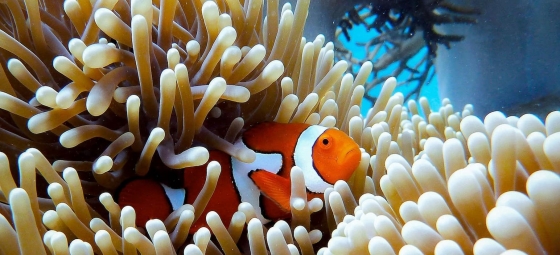Smiths Beach, Australia - Weather and Climate
The temperature in Smiths Beach, Victoria, Australia varies moderately throughout the year.
Temperatures shift from warm
to mild as the months go by.
Rainfall levels are neither high nor low, falling within a moderate range..
Now, let’s explore all the climate details to give you a complete picture.
Average maximum day and minimum night temperature
The weather in Smiths Beach changes moderately throughout the year, offering enough variation to appreciate each season. Average maximum daytime temperatures range from a comfortable 24°C in February, the warmest time of the year, to a moderate 14°C during cooler months like July.
At night, temperatures typically drop to an average of around 9°C during these months.Check out our detailed temperature page for more information.
Temperature ranges by month
Precipitation and rainy days
Generally, Smiths Beach has a moderate amount of precipitation, averaging 841 mm of rainfall annually. While rainfall varies throughout the year, each season offers its own charm. September brings wetter days averaging 90 mm of precipitation, spread over 11 rainy days.
In contrast, March experiences a drier climate, with about 47 mm of rainfall spread across 10 rainy days.The mean monthly precipitation over the year, including rain, hail and snow
Forecast for Smiths Beach



Select a Month of Interest
Check the conditions for any month of the year.
The best time of year to visit Smiths Beach in Australia
During the months of January, February, March and December you are most likely to experience good weather with pleasant average temperatures that fall between 20°C and 26°C.Other facts from our historical weather data:
February has an average maximum temperature of 24°C and is the warmest month of the year.
The coldest month is July with an average maximum temperature of 14°C.
September tops the wettest month list with 90 mm of rainfall.
March is the driest month with 47 mm of precipitation.
No idea where to travel to this year? We have a tool that recommends destinations based on your ideal conditions. Find out where to go with our weather planner.



